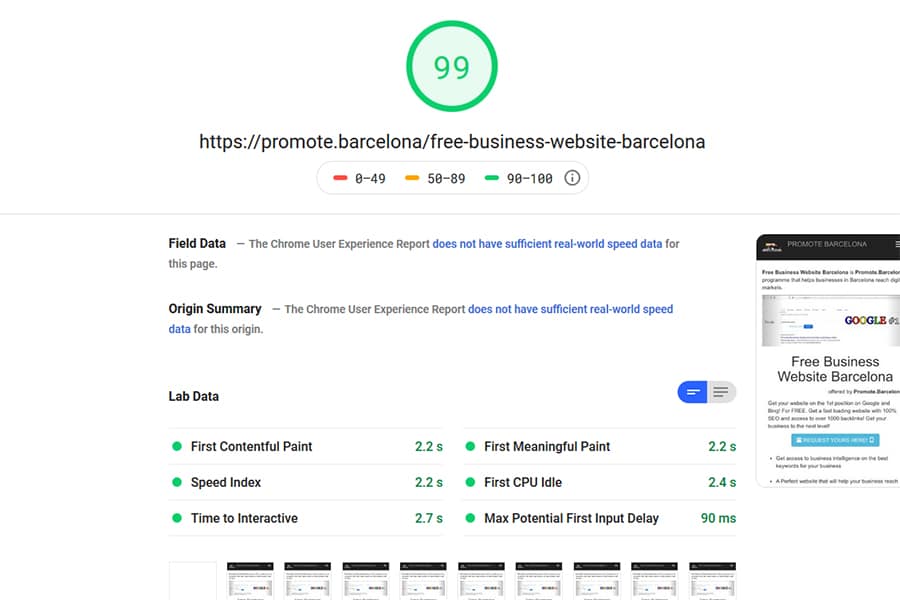Orthopedic stretchers - Semi-unbending and inflexible orthoses arrive in various materials like cowhide, plug, and metals, however most usually they are made of strong plastics, which permit negligible adaptability.
These orthoses by and large stretch out from the back finish of the heel to the metatarsal heads (i.e., 3/4 length), and may have average or sidelong ribs.
They are shaped to offer help under the longitudinal curve and metatarsal region and to give alleviation to difficult or disturbed regions.
The most inflexible foot orthoses (e.g., Whitman, Mayer, and Shaffer plates; Boston curve upholds) are made of metal, normally steel or duralumin, and are covered with calfskin.
Orthopedic stretchers
Inflexible orthotics are intended to control capability.
They are made of a firm material like plastic, cowhide, fiberglass or acrylic polymer.
The completed gadget typically reaches out along the bottom of the impact point to the ball or toes of the foot. It is worn for the most part in shut shoes with a heel level under 2 inches.
Unbending orthotics are predominantly intended to control movement in 2 significant foot joints, which lie straightforwardly underneath the lower leg joint.
These gadgets are durable, don't change shape, and are generally tough. Strains, hurts, and torments in the legs, thighs, what's more, lower back might be because of unusual capability of the foot or a slight distinction in the length of the legs.
In such cases, orthoses may improve or wipe out these side effects which at first might appear to be simply somewhat associated with foot capability.
Shaped polypropylene orthoses (foot/lower leg/leg) are utilized to oversee spastic and flabby loss of motion because of neurodeformities (e.g., cerebral paralysis).
Orthopedic stretchers details
Semi-unbending orthotics accommodate dynamic equilibrium of the foot while strolling or partaking in sports.
Each game has its own interest and each orthotic should be built fittingly with the game and the competitor thought about.
The practical dynamic orthotic helps guide the foot through appropriate capabilities, permitting the muscles and ligaments to perform all the more proficiently.
The work of art, semi-inflexible orthotics built utilizing covers of calfskin and stopper, supported by a material called Silastic. It might likewise be made of polymer composites.
Strappings, paddings, and apparatuses might be applied straightforwardly to the foot and toes to address distortions and safeguard delicate regions like corns, calluses, ulcers, nails, and hard outgrowths from exorbitant grating or strain.
Orthopedic stretchers report
Gelis et al (2008) created clinical practice rules for the utilization of foot orthoses (FO) in the treatment of knee and hip osteoarthritis (OA). The French Physical Medicine and Rehabilitation Society's procedure, partner a deliberate survey of the writing, contribution from regular clinical practice and outer survey by a multi-disciplinary master board, was utilized. The chose investigation measures were torment, handicap, meds utilized as well as X-beam advancement of OA. Proposals were grouped by the degree of verification in grade A, B or C as per the French National Agency for Health Accreditation and Evaluation. In average knee OA, foot pronation orthotics - - when there are no contraindications - - can be proposed for their suggestive effect, particularly in the diminishing of non-steroidal mitigating drugs utilization (grade B). Right up to the present day, there is no proof of a primary or practical effect on OA (grade B). Beyond this particular clinical system, there is no approved sign for endorsing FO in the treatment of knee or hip OA (grade C).
The creators inferred that having additionally randomized controlled trials is vital (RCTs) to more readily characterize the sign of FO (seriousness of knee OA, genu varum), test the viability of other orthoses like padding FO. The drawn out secondary effects, mostly on the outer femoro-tibial compartment could likewise be evaluated. A clinical and conservative evaluation of FO remedies is likewise very important.
Hume and partners (2008) checked on the adequacy of FO for treatment and counteraction of lower appendage wounds. Qualifying studies were predominantly controlled preliminaries, yet a few uncontrolled clinical preliminaries of patients with constant wounds were examined independently. Wounds included plantar fasciitis, tibial pressure breaks and patello-femoral torment disorder; these wereincluded on account of the enormous treatment costs for these successive wounds in New Zealand. Results were torment, solace, capability and injury status. Constant measures were communicated as normalized contrasts utilizing pattern between-subject standard deviations, and sizes were construed from the crossing point of 90 % certainty stretches (CIs) with limits of a changed Cohen scale.
Orthopedic stretchers impacts
Impacts in view of frequencies were communicated as risk proportions and their sizes were derived from crossing point of CIs with a clever size of limits. The impacts of FO for treatment of torment or injury avoidance were generally inconsequential. Foot orthoses were not viable in treating or forestalling patello-femoral torment disorder. A few investigations showed moderate impacts for treatment of plantar fasciitis. A couple of studies showed moderate or huge helpful impacts of FO in forestalling wounds.
Altered semi-unbending FO have moderate to huge gainful impacts in treating and forestalling plantar fasciitis and back tibial pressure breaks, and little to direct impacts in treating patello-femoral agony disorder. Given the restricted RCTs or clinical controlled preliminaries accessible for the wounds of interest, it is possible that pretty much advantage can be gotten from the utilization of FO, yet many investigations didn't give sufficient data to the normalized impact sizes to be determined. The creators expressed that further exploration with RCTs is expected to lay out the clinical utility of different FO for the treatment and anticipation of different lower appendage wounds. In such manner, Vicenzino et al (2008) detailed that a solitary dazed RCT will be led to explore the clinical viability and cost viability of FO in the administration of patello-femoral torment condition.
